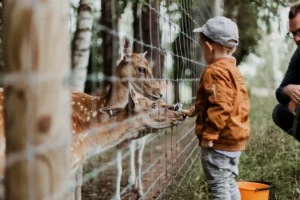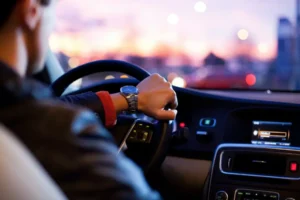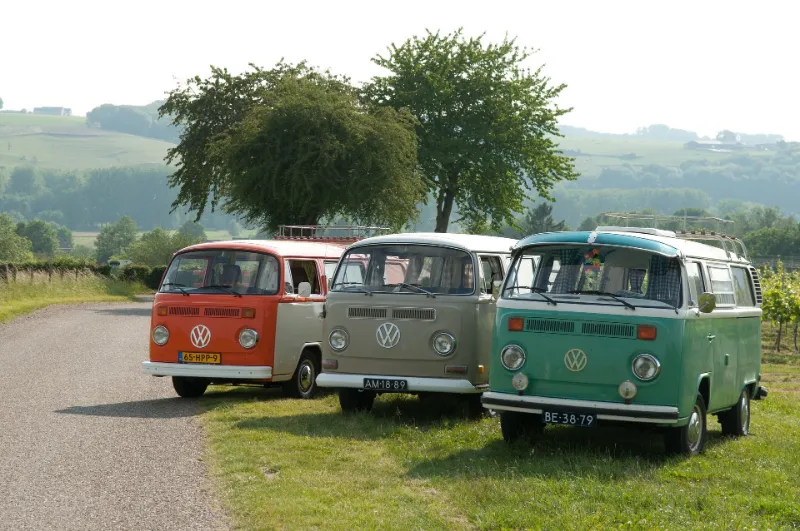
The Volkswagen camper van, a symbol of freedom, adventure, and the carefree spirit of the 1960s and 1970s, has transcended time to remain an enduring icon in the world of travel. With its distinctive design, nostalgic charm, and modern adaptability, the Volkswagen camper van continues to inspire wanderlust and redefine the concept of adventure for generations of travelers.
Table of Contents
A Glimpse into the History of Volkswagen Camper Vans
The first Volkswagen van, officially known as the Volkswagen Type 2 Transporter, was unveiled at the Geneva Motor Show in November 1949. It was designed by Dutch Ben Pon, who was inspired by the flatbed Beetle-based vehicles he saw being used to transport goods around post-war Germany.
The Type 2 Transporter was an instant success, thanks to its versatility, affordability, and iconic design. It was initially produced as a panel van, but soon evolved into a variety of body styles, including a Kombi (passenger van), Microbus (camper van), and pickup truck.
The 1960s and 1970s saw the Volkswagen camper van become an emblem of the counterculture movement, representing a rejection of societal norms and an embrace of freedom and individuality. Associated with the hippie movement, the camper van became a symbol of exploration, self-discovery, and a simpler way of life.
When did VW start making campervans?
Volkswagen began mass production of campervans in 1950, a decision that cemented its position in the campervan market. This commitment was further strengthened by their collaboration with Westfalia in 1951, giving birth to the iconic Westfalia campervan. This partnership marked a turning point in the history of campervans, propelling Volkswagen to the forefront of the industry. The combination of Volkswagen’s engineering expertise and Westfalia’s innovative designs resulted in a series of campervans that redefined the concept of adventure and exploration.
Which Volkswagen camper is the best and most Popular?
Determining the “best” VW camper van can be subjective and depend on individual preferences and needs. However, some models are generally considered more popular and well-regarded than others. Here are three of the most notable VW camper vans:
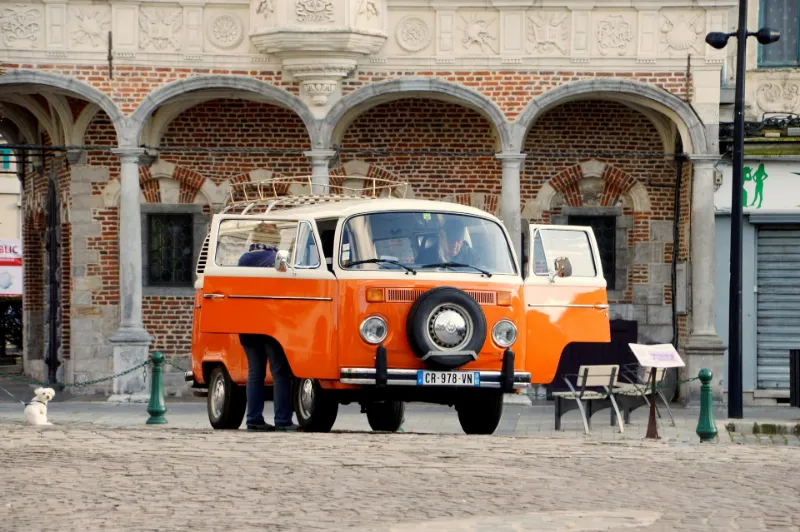
T1 (Type 2) Bus (1950-1967): The original VW camper van, known affectionately as the “Split Window” or “Microbus,” is an iconic symbol of the hippie movement and the 1960s counterculture. Its simple design, versatile interior, and nostalgic charm make it a highly sought-after collectible today.
T2 (Bay Window) Bus (1968-1979): The T2, also known as the “Bay Window” or “Kombi,” is an evolution of the T1 with updated styling, a larger engine, and improved safety features. It retained the T1’s charm and versatility, making it a popular choice for families and adventurers.
T3 (Vanagon) (1980-1992): The T3, also known as the “Vanagon,” marked a significant shift in VW camper van design, adopting a more modern and streamlined look. It introduced features like front-wheel drive, water-cooled engines, and pop-top roofs, making it more practical and comfortable for everyday use.
Key Features of the First Volkswagen Type 2 Van
Versatility: The Type 2 Transporter could be configured in a variety of ways, making it suitable for a wide range of purposes.
Affordability: The Type 2 Transporter was relatively inexpensive to purchase and maintain, making it accessible to a wide range of consumers.
Iconic design: The Type 2 Transporter’s distinctive design, with its rounded corners, two-tone paint schemes, and VW logo, has become synonymous with the vehicle.
Over the years, the Volkswagen camper van has undergone various modifications and upgrades, while retaining its core design elements and retro charm. Modern camper vans incorporate advancements in technology, comfort, and safety while preserving the nostalgic appeal that has made them beloved by generations.
Why are Volkswagen Campervans So Popular?
Volkswagen camper vans are popular because they are both old-fashioned and modern. They are comfortable, affordable, versatile, and practical, making them appealing to consumers of every generation. These vehicles can go anywhere, and many people love them and use them to travel.
Embracing the Nostalgia: The Retro Charm of Volkswagen Camper Vans
The Volkswagen camper van’s distinctive design has become synonymous with a bygone era. The vehicle’s aesthetic evokes a sense of nostalgia, transporting one back to simpler times when road trips were leisurely adventures and the world seemed less complicated.
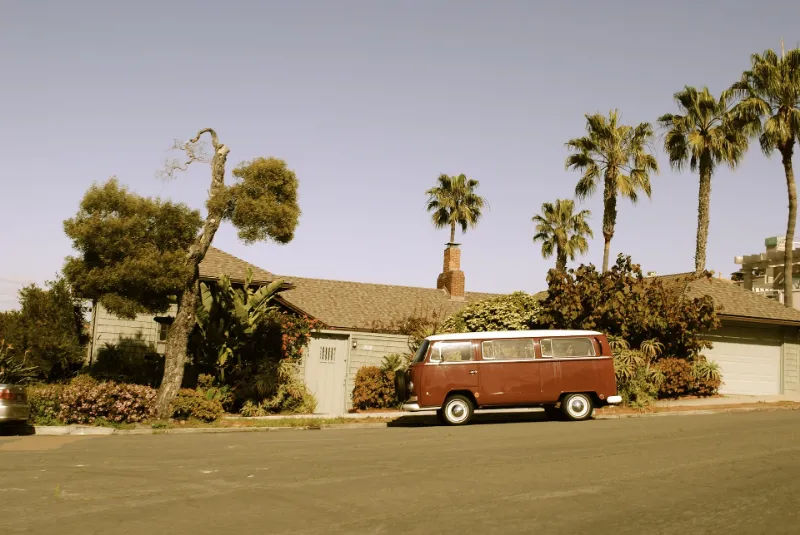
Beyond its appearance, Volkswagen camper vans possess an intangible charm that resonates with individuals seeking a connection to the past. The sight of a vintage camper van on the road often elicits smiles and waves, a testament to its enduring appeal. The vehicles represent a time when travel was less about reaching destinations and more about the journey itself.
The popularity of Volkswagen camper vans among collectors and enthusiasts is a testament to their enduring cultural significance. These vehicles have become more than just modes of transportation; they are symbols of a generation, embodiments of freedom, and treasured possessions passed down through families.
Modern Adventures: Redefining Travel with Volkswagen Camper Vans
Despite their retro roots, Volkswagen camper vans have proven to be remarkably versatile, adapting to the evolving demands of modern travelers. Their spacious interiors, comfortable sleeping arrangements, and compact size make them ideal for a variety of travel styles and destinations.
Social media platforms like Instagram and YouTube are brimming with inspiring stories of individuals who have transformed their Volkswagen camper vans into homes on wheels. These stories showcase the versatility of the vehicles and the endless possibilities they offer for adventure and self-discovery.
Preserving the Legacy: Maintaining and Restoring Volkswagen Camper Vans
As Volkswagen camper vans age, the importance of preserving their legacy and ensuring their continued existence becomes increasingly evident. Thanks to a dedicated community of enthusiasts and skilled restoration specialists who are committed to keeping these iconic vehicles on the road.
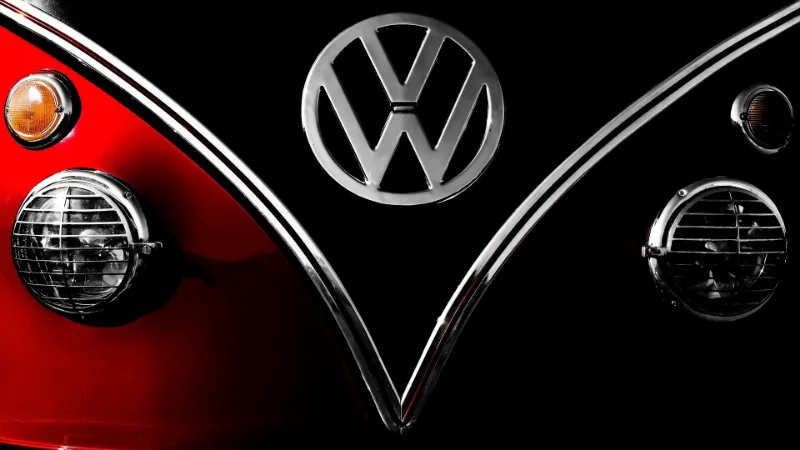
Maintaining and restoring Volkswagen camper vans requires a combination of mechanical expertise, patience, and a deep appreciation for their historical significance. From sourcing original parts to meticulously repairing bodywork and interiors, the process of restoration is a labor of love that ensures these vehicles remain a part of the automotive landscape.
However, the good news is that some online forums, specialized workshops, and passionate individuals share knowledge, resources, and a common goal of preserving the legacy of Volkswagen camper vans. These efforts ensure that future generations will continue to experience the joy of traveling in these iconic vehicles.
When was the Last Volkswagen Campervan Made?
The last Volkswagen Campervan, also known as the Type 2 Kombi, rolled off the production line in Brazil in December 2013.
Why did Volkswagen Stop Making Campervans?
Volkswagen stopped making campervans because they could no longer meet the new safety regulations in Brazil, which required all vehicles to have airbags and anti-lock braking systems.
How Many Volkswagen Campers were Made?
More than 10 million Volkswagen Type 2 vans, including the iconic camper van variant, were produced between 1950 and 2013. With over 3.9 million units manufactured, Brazil was the largest producer of the Type 2, followed by Germany with 2.3 million units. Mexico also produced the Type 2 from 1970 to 1994.
Here’s a breakdown of the production numbers:
Brazil: 3.9 million
Germany: 2.3 million
Mexico: 1.5 million
Other countries: 300,000
Enduring Appeal of Volkswagen Camper Vans
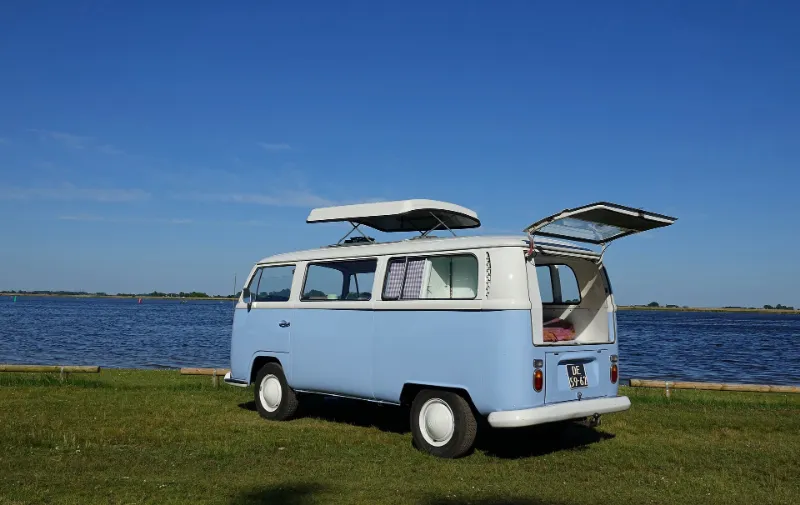
The Volkswagen camper van stands as a testament to the enduring power of retro charm and the allure of adventure. Its ability to seamlessly blend nostalgia with modern conveniences has made it a timeless icon, capturing the hearts of travelers from all walks of life.
Whether traversing winding mountain roads, exploring secluded beaches, or simply enjoying the freedom of the open road, Volkswagen camper vans offer a unique and unforgettable travel experience. They are more than just vehicles; they are symbols of freedom, self-expression, and the endless possibilities that lie beyond the horizon.





